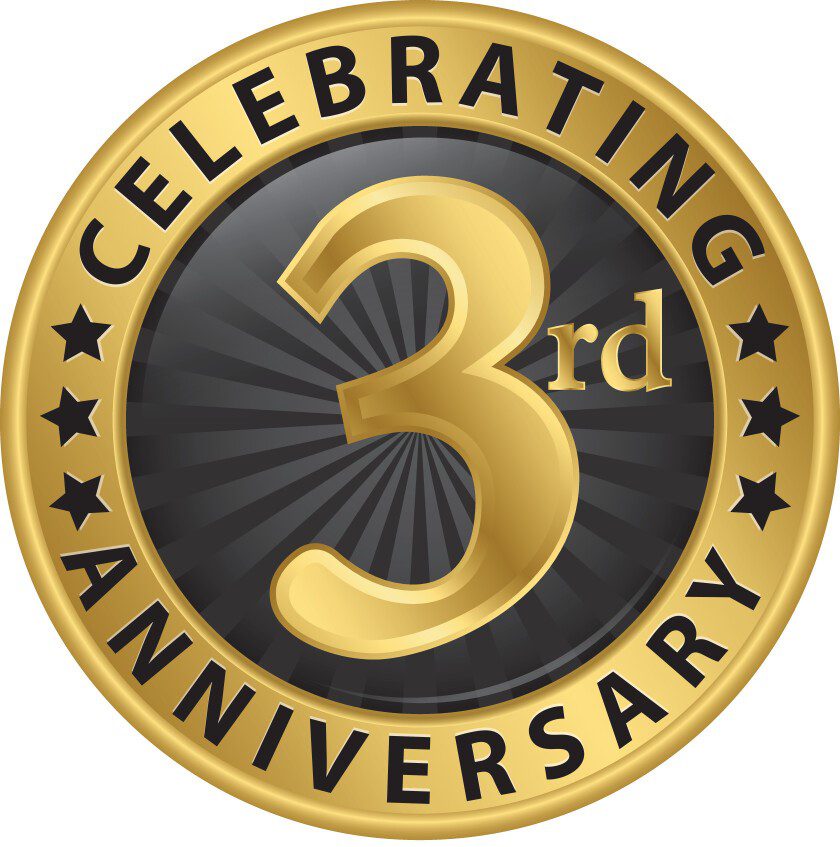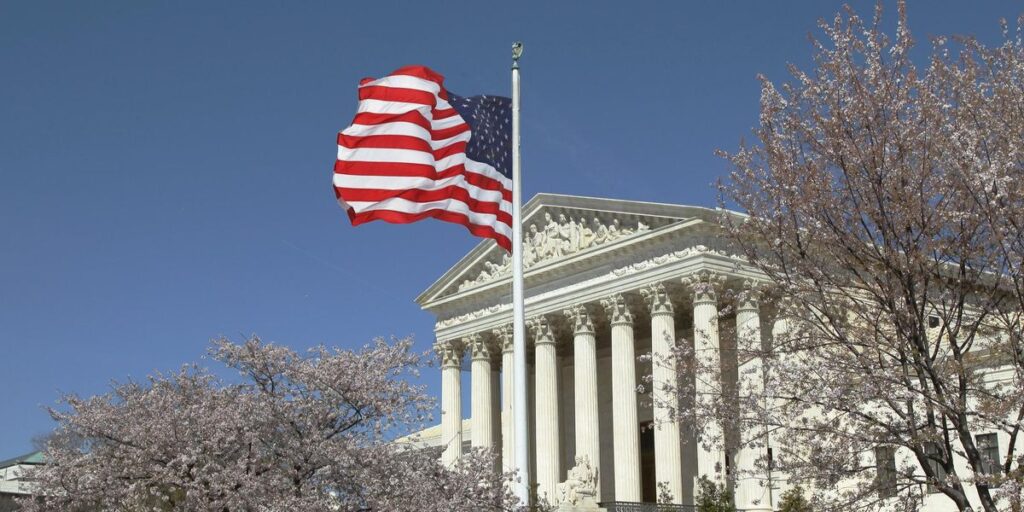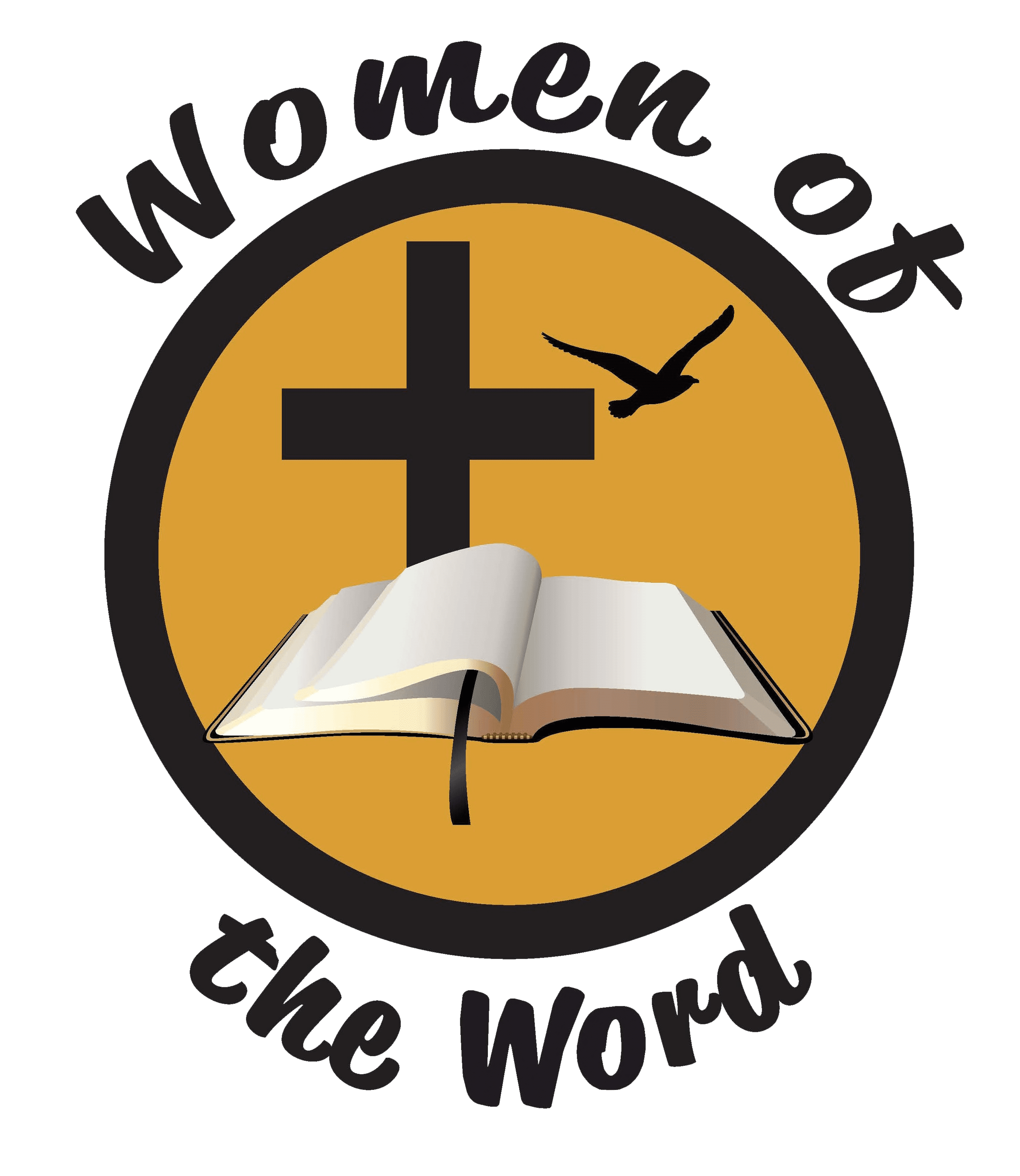The case forced the justices to wrestle with how to balance the religious and free speech rights of teachers and coaches with the rights of students not to feel pressured into participating in religious practices. Read excerpts of Justices’ ruling.
By Jessica Gresko
WASHINGTON (AP) — The Supreme Court said Monday that a high school football coach who knelt and prayed on the field after games was protected by the Constitution, a decision that opponents said would open the door to “much more coercive prayer” in public schools.
The court ruled 6-3 for the coach with the conservative justices in the majority and the liberals in dissent. The case was the latest in a line of rulings for religious plaintiffs.

The case forced the justices to wrestle with how to balance the religious and free speech rights of teachers and coaches with the rights of students not to feel pressured into participating in religious practices. The liberal justices in the minority said there was evidence that Bremerton (Washington) High School Coach Joseph Kennedy’s prayers at the 50-yard-line had a coercive effect on students and allowed him to incorporate his “personal religious beliefs into a school event.”
Dissenting Justice Sonia Sotomayor wrote that the decision “sets us further down a perilous path in forcing states to entangle themselves with religion.”
But the justices in the majority emphasized that the coach’s prayers came after the games were over and at a time when he wasn’t responsible for students and was free to do other things.
The coach and his attorneys at First Liberty Institute, a Christian legal group, were among those cheering the decision. Kennedy said in an interview that his first reaction was one of pure joy.
“Just like in all my football games I just threw my arms up, you know, ‘touchdown,’” he said. He described the seven years since the dispute began as tough on his family but “absolutely worth it.”
Justice Neil Gorsuch, writing for the majority in the ruling, declared, “The Constitution and the best of our traditions counsel mutual respect and tolerance, not censorship and suppression, for religious and nonreligious views alike.
Gorsuch noted that the coach “prayed during a period when school employees were free to speak with a friend, call for a reservation at a restaurant, check email, or attend to other personal matters” and “while his students were otherwise occupied.”
It would be wrong to treat everything public school teachers and coaches say and do as speech subject to government control, he wrote. If that were the case, “a school could fire a Muslim teacher for wearing a headscarf in the classroom or prohibit a Christian aide from praying quietly over her lunch in the cafeteria,” he wrote.

He closed by writing that: “Respect for religious expressions is indispensable to life in a free and diverse Republic—whether those expressions take place in a sanctuary or on a field, and whether they manifest through the spoken word or a bowed head.”
The decision continues a pattern in which the court has ruled in favor of religious plaintiffs. Last week the court ruled that Maine can’t exclude religious schools from a program that offers tuition aid for private education, a decision that could ease religious organizations’ access to taxpayer money.
In dissent, Sotomayor wrote Monday that players “recognize that gaining the coach’s approval may pay dividends small and large, from extra playing time to a stronger letter of recommendation to additional support in college athletic recruiting.” And she said, “some students reported joining Kennedy’s prayer because they felt social pressure to follow their coach and teammates.”
Sotomayor was joined in her dissent by Justices Stephen Breyer and Elena Kagan.

Paul Clement, the attorney who argued the case on behalf of Kennedy, said in a statement that the decision would allow the coach “to finally return to the place he belongs – coaching football and quietly praying by himself after the game.”
Kennedy now lives in Florida, and it was unclear when — or if — he might move back across the country to Washington state for a part-time job that had paid him less than $5,000. He said in the interview that he is in Florida to help his father-in-law, but his family remains in Washington, and it was never his intention to remain in Florida permanently. He said his lawyers and the school district would need to work things out for him to return to coaching.
He started coaching at the school in 2008 and initially prayed alone on the 50-yard line at the end of games. Students started joining him, and over time he began to deliver a short, inspirational talk with religious references. Kennedy did that for years and also led students in locker room prayers. The school district learned what he was doing in 2015 and asked him to stop out of concerns the district could be sued for violating students’ religious freedom rights.
He stopped leading students in prayer in the locker room and on the field but wanted to continue kneeling and praying on the field himself after games. The school asked him not to do so while still “on duty” as a coach after the games. When he continued, the school put him on paid leave. The head coach of the varsity team later recommended he not be rehired because, among other things, he failed to follow district policy.
In a statement, the Bremerton School District and its attorneys at Americans United for the Separation of Church and State, said the decision undermines the separation required by the Constitution. The school district said in a statement that it had “followed the law and acted to protect the religious freedom of all students and their families.”
Rachel Laser, the head of Americans United, said the decision “opens the door to much more coercive prayer in our public schools” and undermines the religious freedom of students.
The school district’s attorney, Richard Katskee, said it is studying the decision and considering its next steps.
Three justices on the court — Breyer, Kagan, and Justice Samuel Alito — attended public high schools, while the other six attended Catholic schools.
The case is Kennedy v. Bremerton School District, 21-418.
First published June 27, 2022
********************************
Here are excerpts from the Justices’ ruling:
Justice Gorsuch: The Free Exercise Clause provides that “Congress shall make no law . . . prohibiting the free exercise” of religion. This Court has held the Clause applicable to the States under the terms of the Fourteenth Amendment. The Clause protects not only the right to harbor religious beliefs inwardly and secretly. It does perhaps its most important work by protecting the ability of those who hold religious beliefs of all kinds to live out their faiths in daily life through “the performance of (or abstention from) physical acts.”
When it comes to Mr. Kennedy’s free speech claim, our precedents remind us that the First Amendment’s protections extend to “teachers and students,” neither of whom “shed their constitutional rights to freedom of speech or expression at the schoolhouse gate.” Of course, none of this means the speech rights of public school employees are so boundless that they may deliver any message to anyone anytime they wish. In addition to being private citizens, teachers and coaches are also government employees paid in part to speak on the government’s behalf and convey its intended messages.
To account for the complexity associated with the interplay between free speech rights and government employment, this Court’s decisions in Pickering v. Board of Ed. of Township High School Dist. 205, Will Cty., and related cases suggest proceeding in two steps. The first step involves a threshold inquiry into the nature of the speech at issue. If a public employee speaks “pursuant to [his or her] official duties,” this Court has said the Free Speech Clause generally will not shield the individual from an employer’s control and discipline because that kind of speech is—for constitutional purposes at least—the government’s own speech.
At the same time and at the other end of the spectrum, when an employee “speaks as a citizen addressing a matter of public concern,” our cases indicate that the First Amendment may be implicated and courts should proceed to a second step. At this second step, our cases suggest that courts should attempt to engage in “a delicate balancing of the competing interests surrounding the speech and its consequences.” Among other things, courts at this second step have sometimes considered whether an employee’s speech interests are outweighed by “ ‘the interest of the State, as an employer, in promoting the efficiency of the public services it performs through its employees.’ ”
Respect for religious expressions is indispensable to life in a free and diverse Republic—whether those expressions take place in a sanctuary or on a field, and whether they manifest through the spoken word or a bowed head. Here, a government entity sought to punish an individual for engaging in a brief, quiet, personal religious observance doubly protected by the Free Exercise and Free Speech Clauses of the First Amendment. And the only meaningful justification the government offered for its reprisal rested on a mistaken view that it had a duty to ferret out and suppress religious observances even as it allows comparable secular speech. The Constitution neither mandates nor tolerates that kind of discrimination. Mr. Kennedy is entitled to summary judgment on his First Amendment claims. The judgment of the Court of Appeals is Reversed.
Justice Sotomayor: This case is about whether a public school must permit a school official to kneel, bow his head, and say a prayer at the center of a school event. The Constitution does not authorize, let alone require, public schools to embrace this conduct. Since Engel v. Vitale, this Court consistently has recognized that school officials leading prayer is constitutionally impermissible. Official-led prayer strikes at the core of our constitutional protections for the religious liberty of students and their parents, as embodied in both the Establishment Clause and the Free Exercise Clause of the First Amendment.
Today’s decision goes beyond merely misreading the record. The Court overrules Lemon v. Kurtzman, and calls into question decades of subsequent precedents that it deems “offshoot[s]” of that decision. In the process, the Court rejects longstanding concerns surrounding government endorsement of religion and replaces the standard for reviewing such questions with a new “history and tradition” test. In addition, while the Court reaffirms that the Establishment Clause prohibits the government from coercing participation in religious exercise, it applies a nearly toothless version of the coercion analysis, failing to acknowledge the unique pressures faced by students when participating in school-sponsored activities. This decision does a disservice to schools and the young citizens they serve, as well as to our Nation’s longstanding commitment to the separation of church and state. I respectfully dissent.
The District serves approximately 5,057 students and employs 332 teachers and 400 nonteaching personnel in Kitsap County, Washington. The county is home to Bahá’ís, Buddhists, Hindus, Jews, Muslims, Sikhs, Zoroastrians, and many denominations of Christians, as well as numerous residents who are religiously unaffiliated.
Properly understood, this case is not about the limits on an individual’s ability to engage in private prayer at work. This case is about whether a school district is required to allow one of its employees to incorporate a public, communicative display of the employee’s personal religious beliefs into a school event, where that display is recognizable as part of a longstanding practice of the employee ministering religion to students as the public watched. A school district is not required to permit such conduct; in fact, the Establishment Clause prohibits it from doing so.
The Free Exercise Clause and Establishment Clause are equally integral in protecting religious freedom in our society. The first serves as “a promise from our government,” while the second erects a “backstop that disables our government from breaking it” and “start[ing] us down the path to the past, when [the right to free exercise] was routinely abridged.”
Today, the Court once again weakens the backstop. It elevates one individual’s interest in personal religious exercise, in the exact time and place of that individual’s choosing, over society’s interest in protecting the separation between church and state, eroding the protections for religious liberty for all. Today’s decision is particularly misguided because it elevates the religious rights of a school official, who voluntarily accepted public employment and the limits that public employment entails, over those of his students, who are required to attend school and who this Court has long recognized are particularly vulnerable and deserving of protection. In doing so, the Court sets us further down a perilous path in forcing States to entangle themselves with religion, with all of our rights hanging in the balance. As much as the Court protests otherwise, today’s decision is no victory for religious liberty. I respectfully dissent.




2 thoughts on “Supreme Court backs coach in praying on field after games”
I was pretty pleased to uncover this great site. I want to to thank you for your time just for this wonderful read!! I definitely liked every little bit of it and i also have you book marked to look at new information in your blog.
I wanted to thank you for this excellent read!! I definitely loved every little bit of it. I have got you book-marked to look at new stuff you postÖ